Goji Berry Plant Weather
Goji berries grow better in hot weather. If you live in a warmer climate where summer temperatures top 100F make sure that your plant receives shade especially in the afternoon.
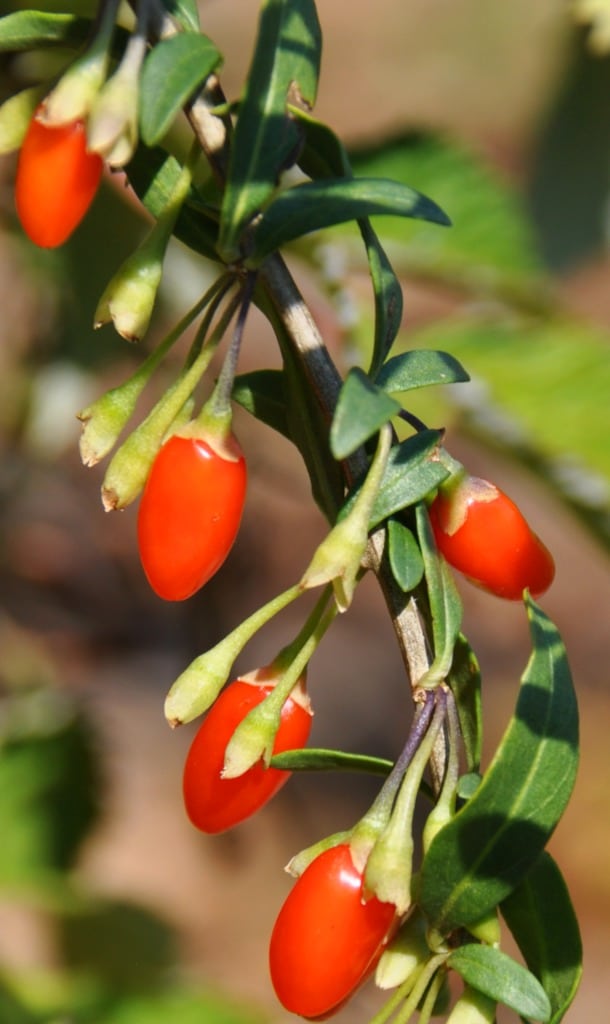
Goji Berry Growing Pruning Fruiting Care And Health Benefits
Follow the tips below and you will be harvesting your own fruit in your backyard in just a few months.
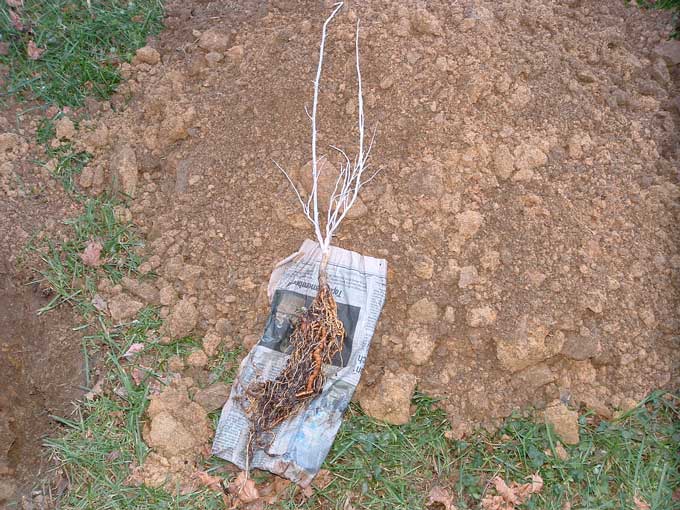
Goji berry plant weather. Goji berries Lycium barbarum are produced on a medium-sized deciduous shrub native to China. How to Grow Goji Berries Berry fruits in Florida and Hot summer WeatherJoin our Facebook group for more information and tips on Florida Gardening how to g. Proper watering techniques and adequate access to sunlight are the only things you need to ensure that a goji plant yields many berries.
The lowest temperature that a Goji Berry plant can survive without dying off completely is -27 degrees Celsius or -18 degrees Fahrenheit. So how do you go about growing a Goji Berry. They can be grown in US.
On the plus side this deciduous shrub also called goji berry is hardy to at least Zone 6 and produces tasty red fruit high in antioxidants and vitamins A and C. The crop grows well in warm climates with average monthly temperatures of 59F to 68F being best for growth. They usually appear on lower leaves.
We advise to repot every 2 to 3 years. It would also become a hassle to follow that routine as the plants grow larger over the years not to mention the disruption to the gojis normal growth habit. If you live in an area that does not get that cold keeping your plant pruned back to new growth is the key to keeping the berries coming.
That is why cultivation of goji berries requires sufficient amount of care and attention. Bare root shrubs need to go into the ground as soon as you get them. Proper Climate When Growing Goji Berry.
While your goji berries grow its important to keep the soil moist. Plant out in a compost enriched soil as this will aid rapid establishment of the plant which is desirable. Its seeds are extremly small in size when we look at their structure.
Like other companies the problem we have is that it is difficult to acquire the right. Be sure to provide your goji berry plant with plenty of sunlight. Goji berry plants grow in US.
Ningxia as the plants core production area has made goji berry plantation a. Water regularly but in a limited manner so as to never flood the roots. You wont have to worry about this if you keep it indoors.
When the temperature is above. If you live in an area. The weather was cold and rainy which was not very productive for the growth and picking of goji berries.
Potted goji In summer goji berry bushes can be left outdoors starting in mid-May up to mid-September. On the minus side it can be. Goji berries are mainly distributed in northwest Chinas Ningxia Hui Autonomous Region as well as the Qinghai and Gansu provinces with a total plantation area of over 2 million mu 133333 hectares.
I would find a suitable site with good exposure to the summer sun as they need sufficient heat to mature the fruit and new canes. Wait until winter for. This is when the shrub is dormant and better tolerates disturbance.
Do pruning to train the plant in the early summer before it flowers and fruits. Goji Berries are reported to be cold hardy and should survive the winter weather conditions outside in the garden. Department of Agriculture hardiness zones 3 through 10.
It famously affects tomato plants. Affected leaves have yellowish spots on them. It will stay dormant until the springtime temps are up above 50 degrees.
In winter it can be brought inside preferably to a spot that isnt too warm. Goji berry production methods that have been in use fro many years are seeding and stiffening. Anything over 37 degrees Celsius or 100 degrees Fahrenheit is too extreme.
It is found when the plants experience extended periods of wet humid weather conditions. When the temperature is around 45 the goji berry seeds can germinate and the seedlings can withstand a low temperature of 27. Department of Agriculture plant hardiness zones 5 to 9 and are known to.
Early spring is the best time for gogi berry planting. For hardy plants pay extra attention to the soil and weather conditions. Goji berries can withstand both hot summers and cold winters.
Goji berry leaves become yellow when the plant is affected by Septorial fungi. Goji berries are very hardy plants that can withstand cold winters and hot summer months. Keep in mind that the other end of the spectrum can also be troublesome.
Once the average daytime temperature drops below 50 degrees your goji plant will start going into dormancy. However this type of plant does not like too much water. Bare root plants are the most common way to start gogi berries in your garden.

Pin By Stephen Jacobson On My Not So Secret Garden Growing Goji Berries Berry Plants Tree Seeds

How To Grow Goji Berries Luv2garden Com
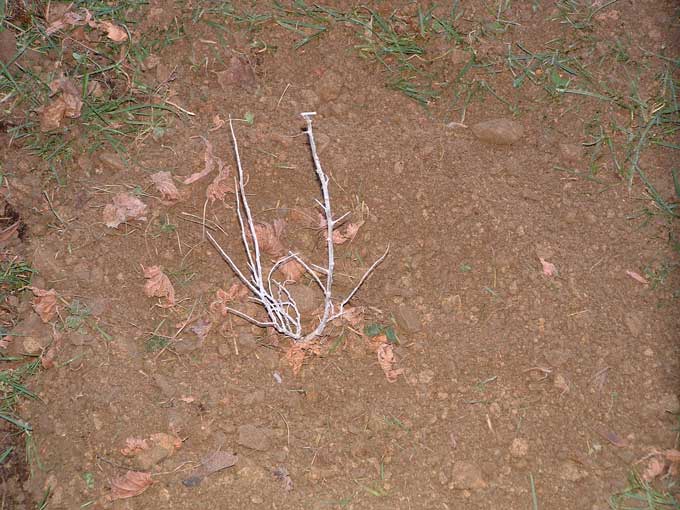
Goji Berry Plants Veggie Gardening Tips
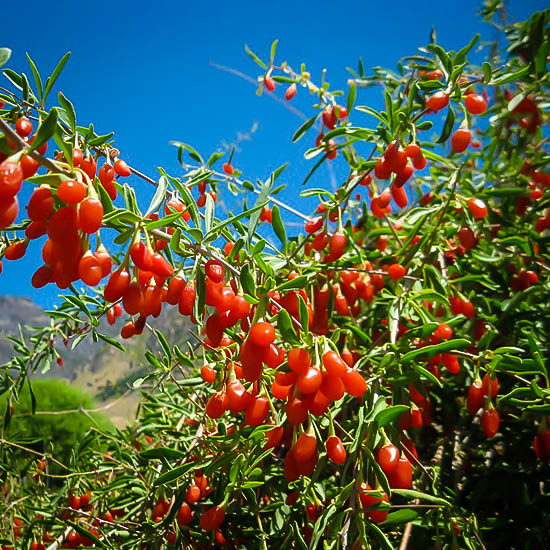
Goji Berry Plant For Sale The Tree Center
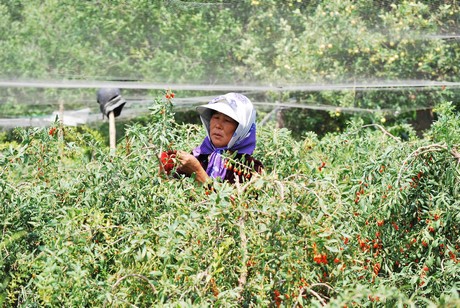
Bad Weather In China Causes Goji Berry Price To Increase

How To Grow Goji Berries Organic Gardening Videos Grow Organic

How To Grow Goji Berries Aka Wolfberries Organic Gardening Blog Grow Organic
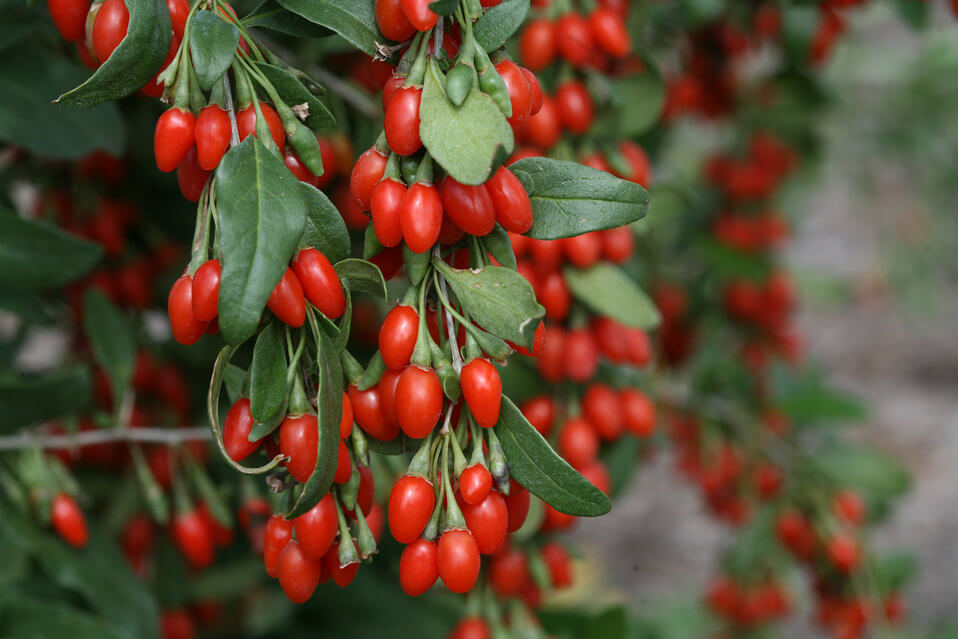
How To Grow Goji Berries In Pots Plant Instructions

Goji Berry Growing Pruning Fruiting Care And Health Benefits

7 Tips For Growing Goji Berry Plants Successfully At Home Youtube

Growing Goji Berries The Latest Superfruit

Growing Goji Berries How To Grow Goji Berry Plants At Home The Hip Homestead

Why Your Goji Berry Plant Is Dying And How To Fix It

Goji Berry Plants Veggie Gardening Tips

Growing Goji Berries How To Grow Goji Berry Plants At Home The Hip Homestead

Goji Berries An Antioxidant Beauty In Your Garden Organic Gardening Blog Grow Organic

How To Grow Goji Berries Aka Wolfberries Organic Gardening Blog Grow Organic
Hs1391 Hs1391 Goji Berry A Novel Nutraceutical Superfruit For Florida Master Gardeners

How To Grow The Super Fruit Goji Berry Triblive Com
Post a Comment for "Goji Berry Plant Weather"